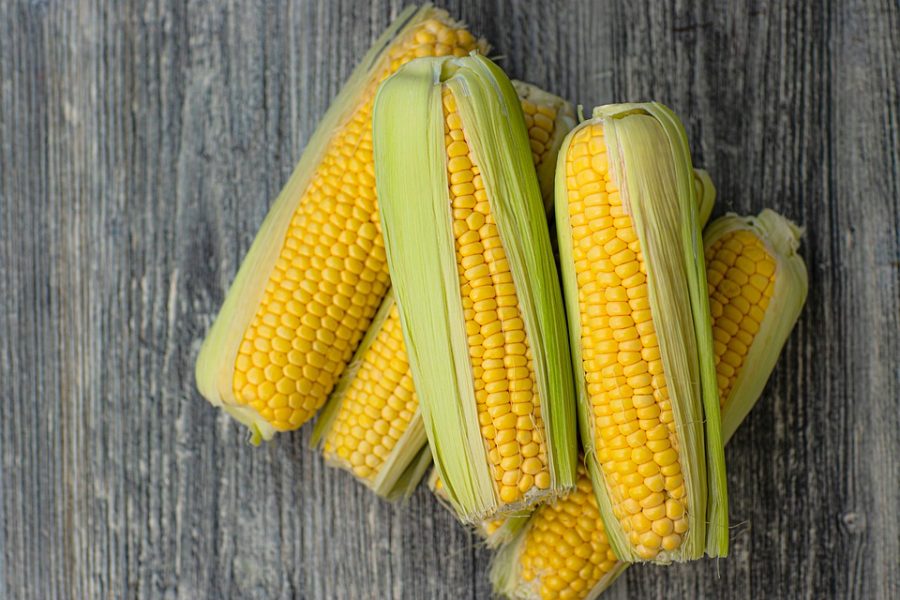Ozone: A Threat to Corn
Scientists are working on solutions to saving crops from high ozone levels.
You may have heard about ozone being quite an economical issue, knowing that ozone pollution can be very harmful for the environment, but did you know that ozone might be a problem for crops too? A recent study recorded by the journal Global Change Biology suggests that corn might be one of these crops potentially in danger to the high ozone air pollution. The study conducted included 45 different hybrids of corn plants being exposed to ozone levels, quite similar to levels predicted in the future. It resulted with these crops dying and brought researchers with the conclusion to ozone being an issue for corn in the future. Some hybrids of corn were a lot more sensitive than others. According to the University of Illinois at Urbana-Champaign, the study was led by Lisa Ainsworth, a scientist working for the U.S Department of Agriculture, along with Andrew Leakey, who is a plant biology professor at the University of Illinois. Leakey describes the effect ozone has by saying, “Basically, ozone accelerates the aging of the leaf.”
Ozone can be both good and bad depending on where it comes from. Good ozone is typically natural, from the Earth’s atmosphere. Its purpose is to serve as a protective layer against harsh ultraviolet rays. However, man made chemicals can be problematic for good ozone. Bad ozone, is usually created by pollutants from cars, the unhealthy gases that power plants emit, CFCs, chemical plants, and many others. When ozone is at ground level, it becomes a major air pollutant. The ozone found in these crops act almost like carbon dioxide, entering from the leaf itself first. However, unlike carbon dioxide, it is not a nutrient and damages the plants as it enters through the stomata. By the research conducted by Ainsworth, ozone decreases plant growth by almost 10%, which is basically as bad as droughts, flooding, and pest diseases. However the issue, as Ainsworth addresses, is that the ozone factor field is a field that is not commonly studied, in terms of agricultural research.
What researchers are doing now like the Free Air Concentration Enrichment facility in the University of Illinois is following the patterns of higher ozone levels in agricultural areas. It is typically tested in an agricultural field with special monitors that can control different levels of gases like ozone. The ozone levels are not as high or exaggerated; in fact the levels are very similar to levels in highly populated countries such as India and China, two countries which together make up 38 percent of the population, according to the UN’s 2019 World Population Prospects report. This shows how the ozone levels found in other places today, might be affected today’s corn and crops in general. This study is not enough to conclude everything, however. Scientists still need to conduct more research on what other plants, similarly to corn, might have sensitive reactions to ozone. They also want to be able to figure out how plants might react to future conditions, because it is the only way for us to really determine what solutions we must use in the future.






